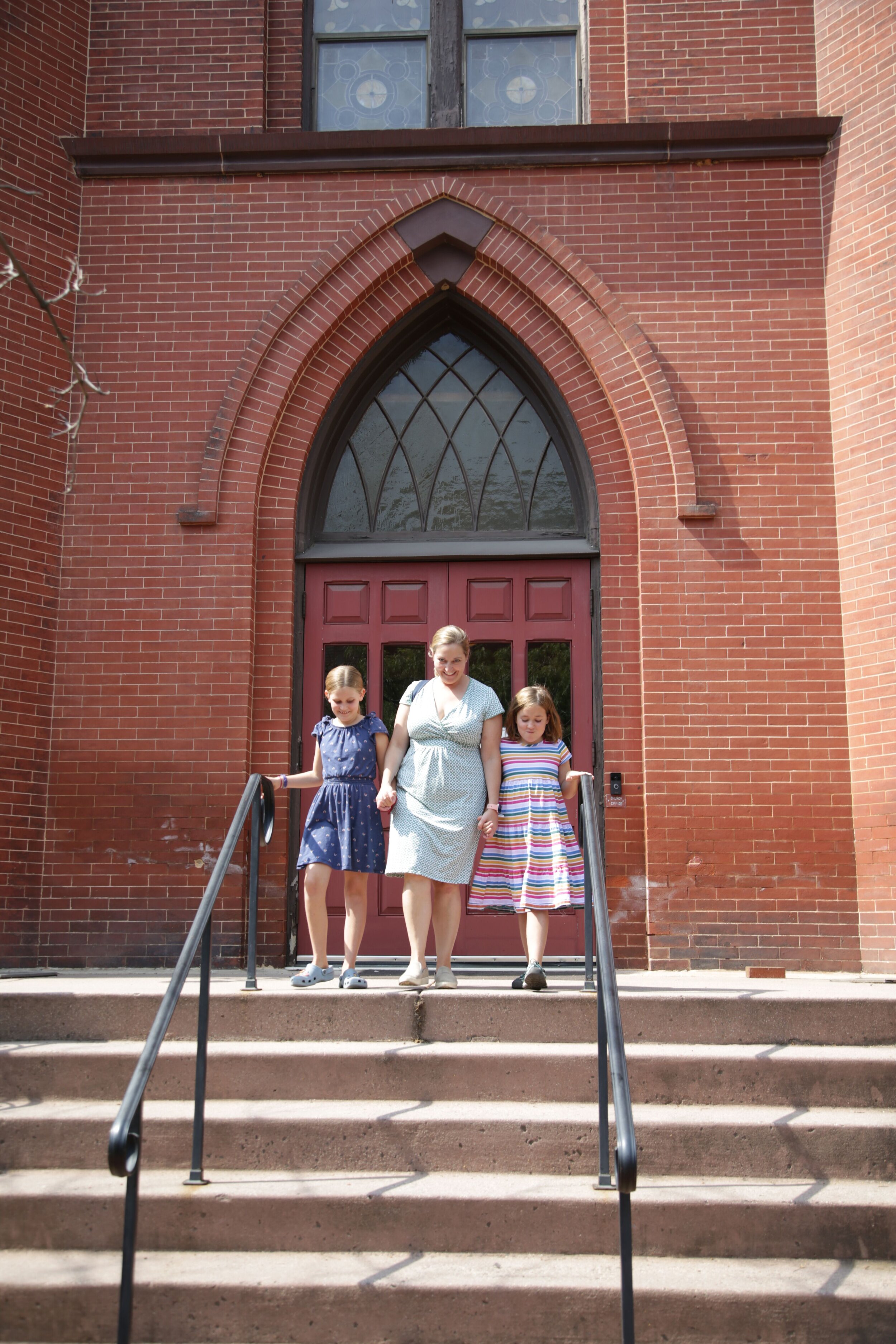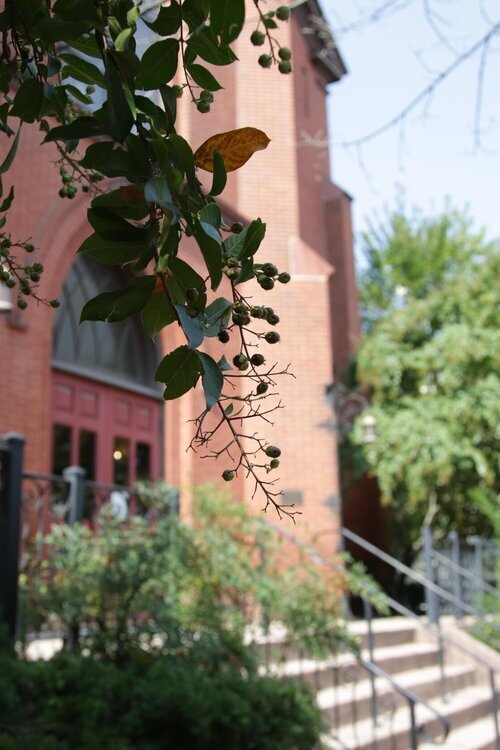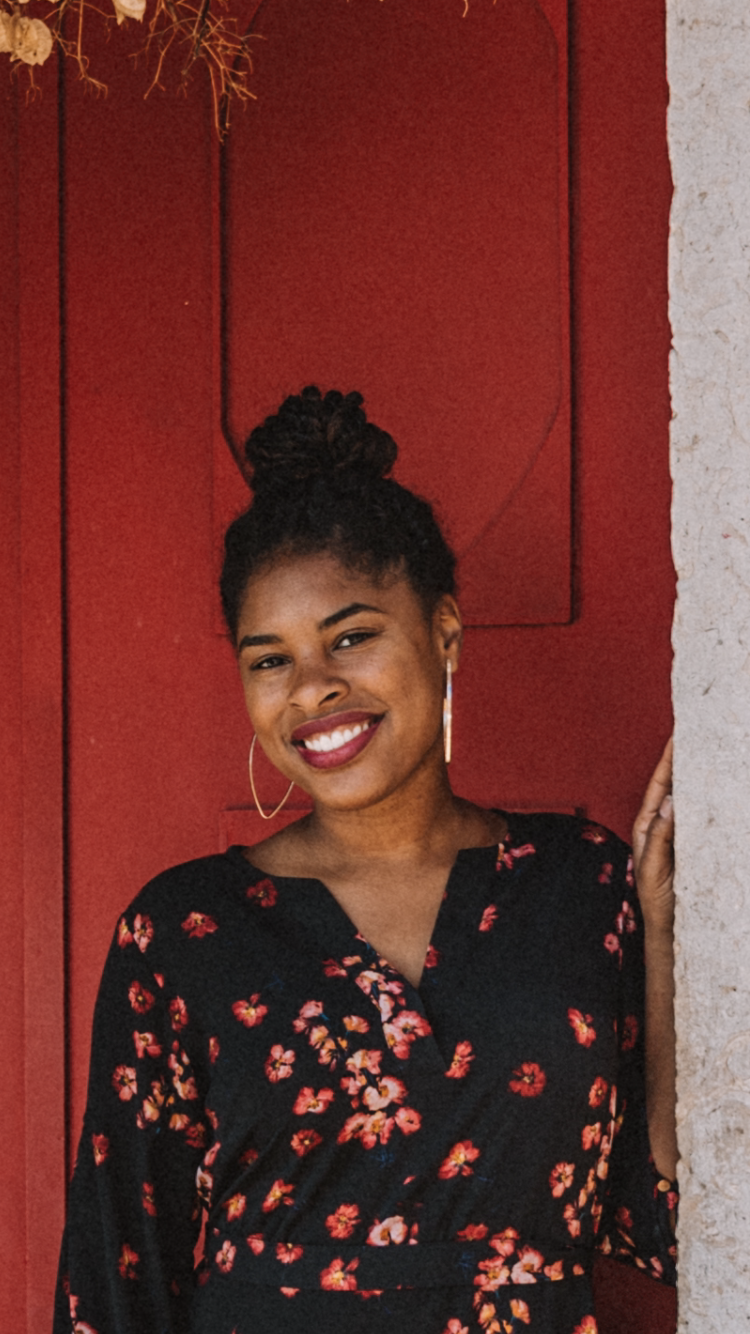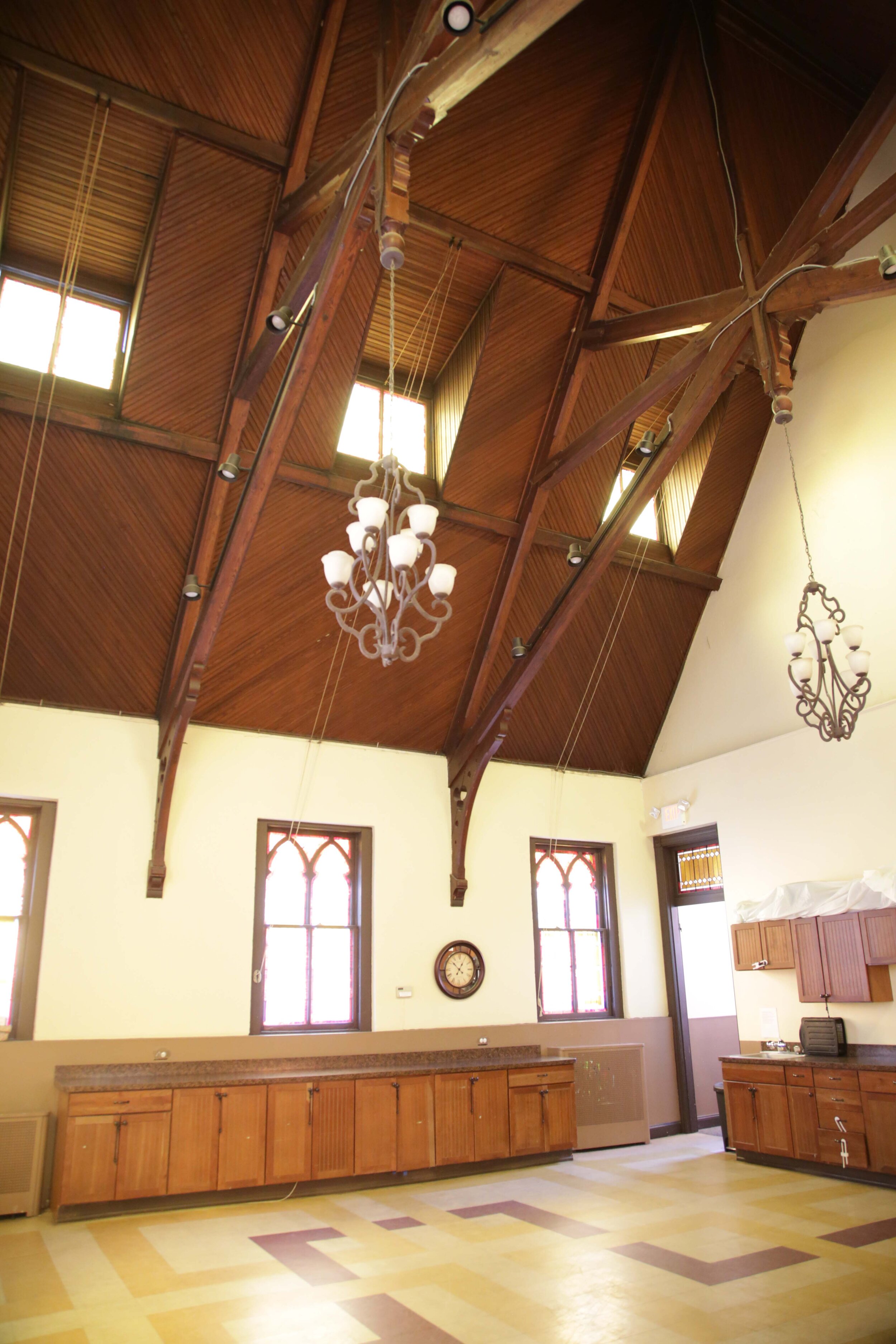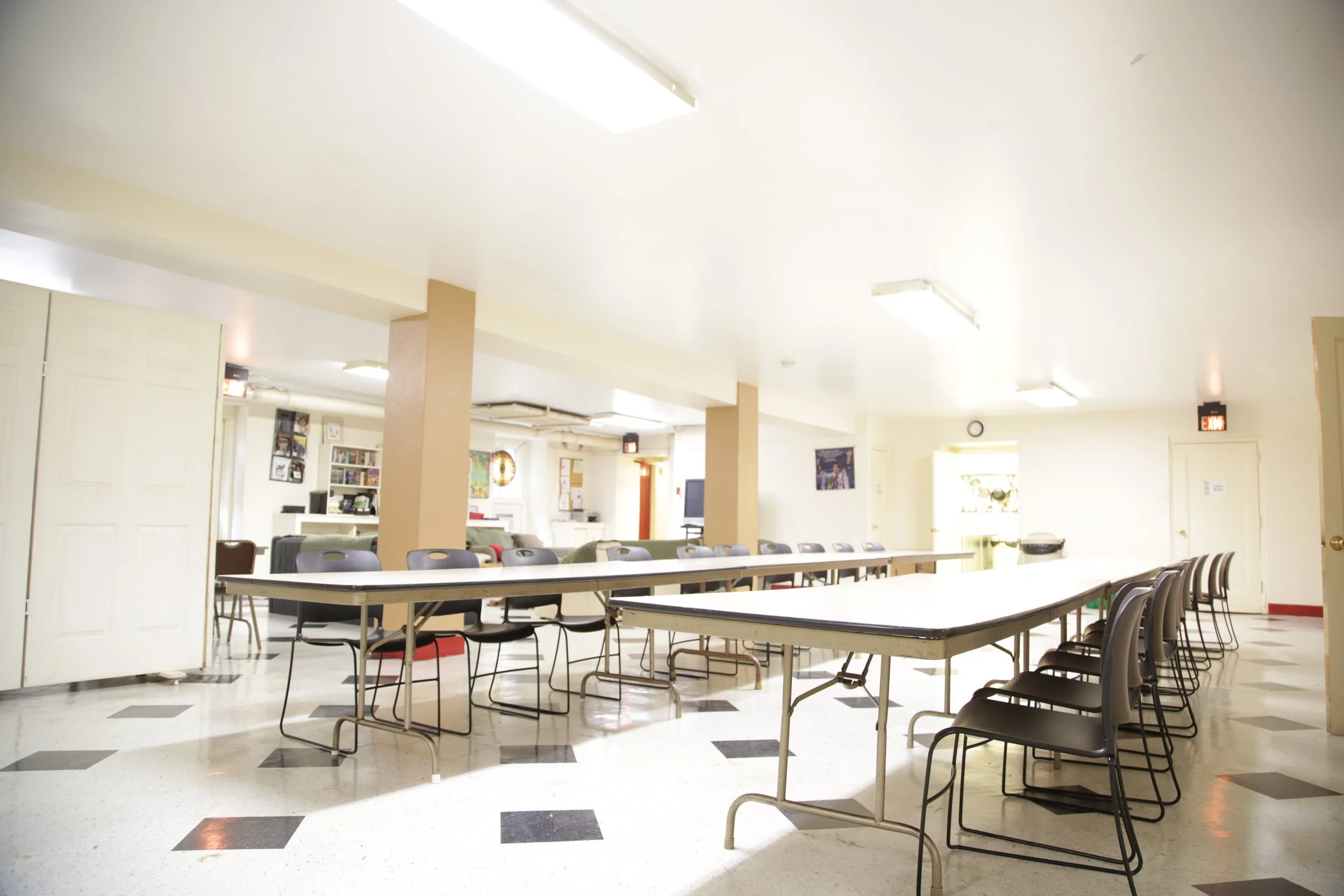
ABOUT US
WHO WE ARE | WHAT WE BELIEVE | STAFF | SESSION | HISTORY
Who We Are
All Are Welcome
The Capitol Hill Presbyterian Church (CHPC) community is diverse and all are welcome to our services and events. We are a congregation of all ages and backgrounds representing people in many places along their journey of faith. What unites us is our desire to be in community with one another, giving of ourselves to a common purpose of worshiping God and serving God’s people.
Wherever you are in your life, you will find that at CHPC you belong.
What We Believe
We believe …
That God loves and claims all people as God’s children.
That in Christ, the love of God is made known to the world.
In the reconciling power of the love of God in Christ to bring peace and justice to our world.
That all people have a role in this work of reconciliation and that, through the power of the Holy Spirit, our lives and the life of our church are to be offered in service to this work.
In a generous orthodoxy that affirms the essential tenants of the Christian faith and theology as expressed in the Confessions of our denomination.
Affiliations
As a Presbyterian (USA) Church, our theology is steeped in the Reformed tradition, a tradition that believes we are always being reformed by on-going presence of God in our lives and world. For more information on what Presbyterians believe, visit www.pcusa.org.
To welcome a diverse population to the Presbyterian Church and to resist discrimination, CHPC has a long-standing affiliation with the Covenant Network of Presbyterians and More Light Presbyterians.
Staff
Rachel Landers Vaagenes | Pastor ✉️
Pastor Rachel joined the CHPC community in August 2021, in the midst of a global pandemic. Along with a deep knowledge of Zoom, she brings over 10 years of ministry experience, and a love of Jesus, the church, and people. Having heard the call to ministry, Rachel left Los Angeles and her dream of being an extra in Hallmark movies and headed to seminary in New Jersey. She is bisexual, and cares deeply about making sure everyone feels welcome and knows that they are loved by God! Rachel lives in Glover Park with her archivist husband Adrian; their two daughters Maewynn and Evangeline; her dog Ladybird; and some dying houseplants.
Office Hours: Tuesday - Thursday 10 am - 3 pm or by Appointment
Malkia Chionesu | Office Manager ✉️
LaTisha Ibraheem| Family Room Leader
Maurice Lane | Washington Seminar Center Director & Facilities Manager ✉️
Caitriona McEniry-Roschke | Music Director ✉️
Session
Capitol Hill Presbyterian Church has a team of dedicated members who serve on the church Session, the governing board of the church. Session members are elected by the Congregation at an annual meeting and serve two-year terms. Session members are responsible for overseeing the life of the church, and each member chairs a committee.
Members
Allison Mollenkamp (Education)
Chantal Dalton (Facilities)
Michael Rutkowski (Finance)
Elizabeth Darlington (Hospitality/Outreach)
Amos Cherehani (Personnel & Administration)
Mary Beth Weaver (Nominating)
Emily Ockerman (Service)
Clara Gillispie (Space-Use)
Jonathan Hawkins-Pierot (Stewardship)
Molly Mullin (Worship)
Jennifer Newton (Clerk of Session)
History
In January of 1864…
… several ladies saw in The Presbyterian Magazine, an article written by the Reverend John Chester about a church he had started under a tree in Bustleton, New Jersey with another pastor.
Since they were tired of walking or riding in a carriage through muddy or dusty streets to get to the closest Presbyterian Church, they wrote to him and asked if – since God had used him to build a “Church under a tree”, He might also use him to build a Church on a hill.
The young pastor saw this …
… as a call from God and immediately came to DC, met with a few interested persons and preached a sermon.
Finding the situation favorable, he then returned to New Jersey, resigned his charge, moved his young family to Washington, and the Capitol Hill Presbyterian church was organized by the Presbytery of the Potomac on April 11, 1864 with 34 members.
The congregation soon outgrew …
… the various temporary quarters (which included the Capitol Building itself), and by 1868 it was obvious that a large edifice needed to be built to house the church.
At this time the assets of the Metropolitan Church, a corporation formed for the purpose of establishing a National Presbyterian Church in DC (but which did not exist in fact as a congregation) were turned over to Dr. Chester’s Capitol Hill Church with the provision that the plans be enlarged and the name changed to Metropolitan Presbyterian Church. This was done and the work started, but the building designed by Architect Emil Sophus Friedrich had only reached the first floor when the contractor failed.
This caused much hardship and consternation among the members but the building was finally completed in 1872. The dedication service was attended by President Ulysses S. Grant. Money was very tight, however, and consequently the iron spire which was to top the tower was not built and the tower was completed as it appears today. The cost would have been approximately $1,500.
The congregation grew steadily …
… and by 1892 more room was needed for the Sunday School Department, so a small building was built next to the church. The building is often called the “Chapel” today.
The church continued to thrive into the 20th century, having about 900 members in the first decade. During the forties, the Pastor, Dr. Lowery Fendrich, started the “Institute of Applied Religion and Psychology” and radio broadcasts were made from the church. This period was marked by some dissension in the congregation, and despite efforts by the Session and the Board of Trustees to keep Dr. Fendrich, he left in April, 1944 to accept a call to Cincinnati.
After the Second World War…
…. many young families moved to the suburbs and membership declined in most city churches. In 1955 it was decided to merge with Eastern Presbyterian at 6th and MD Ave NE. The name chosen for the new church was The Capitol Hill Presbyterian Church.
During the 1970s, a proposal was made to tear down the church building and build townhouses across the front. Worship services would be held in the Chapel. This was ultimately defeated, but the congregation looked at new ways to support the building. The Washington Seminar Center grew out of this.
During a storm on Friday, April 13, 1984…
…. two days before Easter Sunday, lightning struck a window frame and started a fire in the attic. A tragedy was averted when Don Huff, a homeless man who had a relationship with the church, saw the fire and called the fire department. His quick action probably saved the building.
Dudley Brown, noted Capitol Hill restoration specialist and architect, saved the stained glass windows from the fireman’s axe. However, the Sanctuary was badly damaged by water and for a year the congregation worshiped in Fellowship Hall. Dudley, in consultation with others, remodeled the Sanctuary, a task he did with joy.

